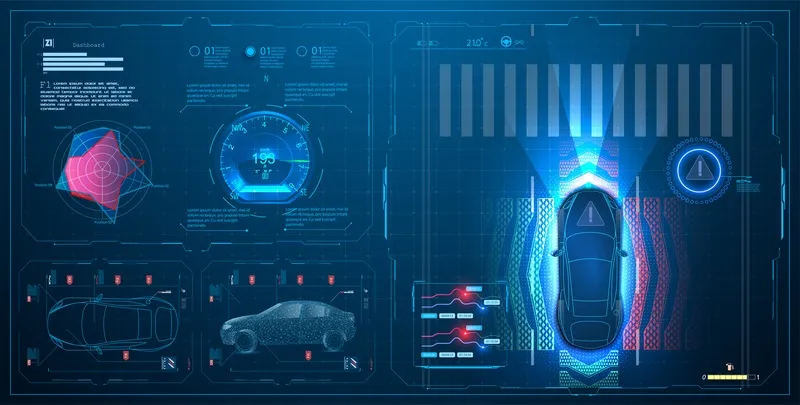Wabco Holdings has entered into a long term agreement with Hyundai Motor Company, South Korea’s largest manufacturer of commercial vehicles, to develop and supply its OnGuardPlus system.
May 18, 2012
Read time: 2 mins
OnGuardPlus, an advanced emergency braking system (AEBS), reduces risk of colliding with moving vehicles ahead as well as decelerating vehicles ahead that come to a standstill. It fully applies brakes in imminent collision situations, provides the driver with acoustic and visual warning, and autonomously initiates emergency braking, enables maximum possible deceleration and can bring the vehicle to a complete stop. It also reacts to stationary vehicles ahead, for example, when approaching traffic congestion.
OnGuardPlus is the commercial vehicle industry’s first system in compliance with the European Union’s expected regulation to make AEBS mandatory on new heavy duty commercial vehicles in all 27 EU member countries from November 2013. AEBS is also expected to become mandatory in South Korea and up to 29 other countries worldwide where AEBS for commercial vehicles will be adopted in accordance with the United Nations Economic Commission for Europe’s Regulation 13 for braking.
Wabco says it is already developing OnGuardPlus applications for Hyundai Motor’s new range of heavy duty trucks and the company expects to start deliveries of systems for series production in 2013. The company will also supply the same Hyundai Motor commercial vehicles with Adaptive Cruise Control (ACC) that automatically adjusts the truck’s speed to maintain a preset distance to the moving vehicle ahead. It reacts with acoustic and visual warning, engine control and, if necessary, by partially applying the brakes.









